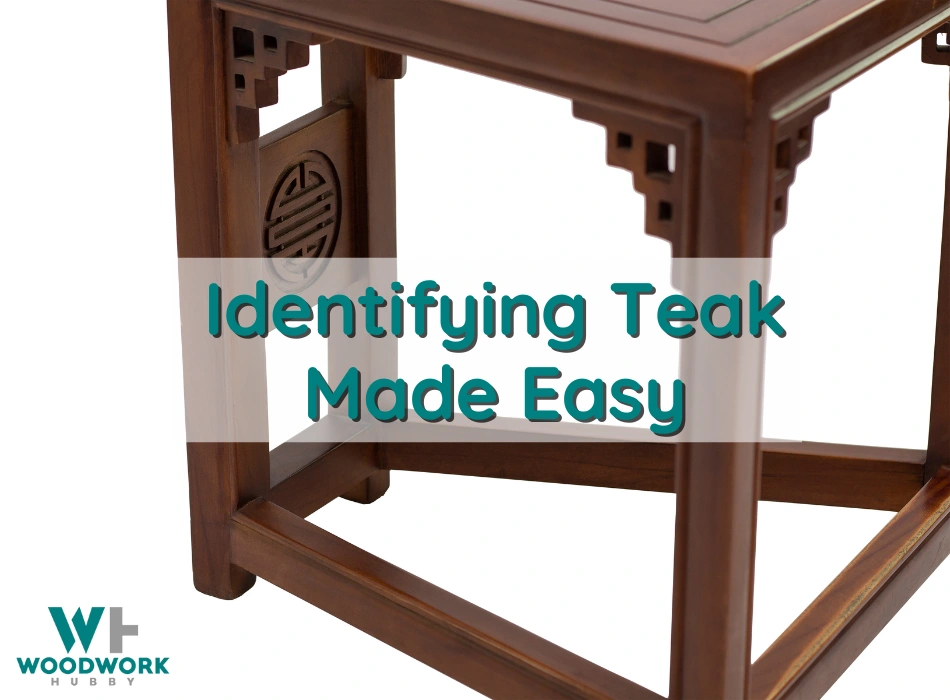I recently bought a large stack of Burmese teak panels, which also explains why I’ve been posting so much about Teak. While purchasing the lumber, I realized that I didn’t even need to look closely enough at it to know it was A-grade Teak. A decade or so ago, I used four steps to identify Teak, which I eventually internalized.
To identify Teak, you must look at its color and confirm a golden brown to honey brown tint, check for coarse texture and straight grain, and sample the scent of wood for a woodsy smell that emerges from teak oil.
In this article, you will learn everything that I know about Teak and how to identify it alongside the different varieties and grades of Teak. You will also find out the various characteristics of Teak that can help you decide if it is right for your next project.
By the end of this post, you’ll know what to look for when you get high-quality Teak. Let’s get started with what natural Teak looks like.
What Does Natural Teak Wood Look Like?
Natural Teak has a warm tint that ranges from golden brown to honey color. It is close-grained and dense in its pattern-packing, with straight grain. Natural Teak’s luster is lower than other woods of similar color and texture.
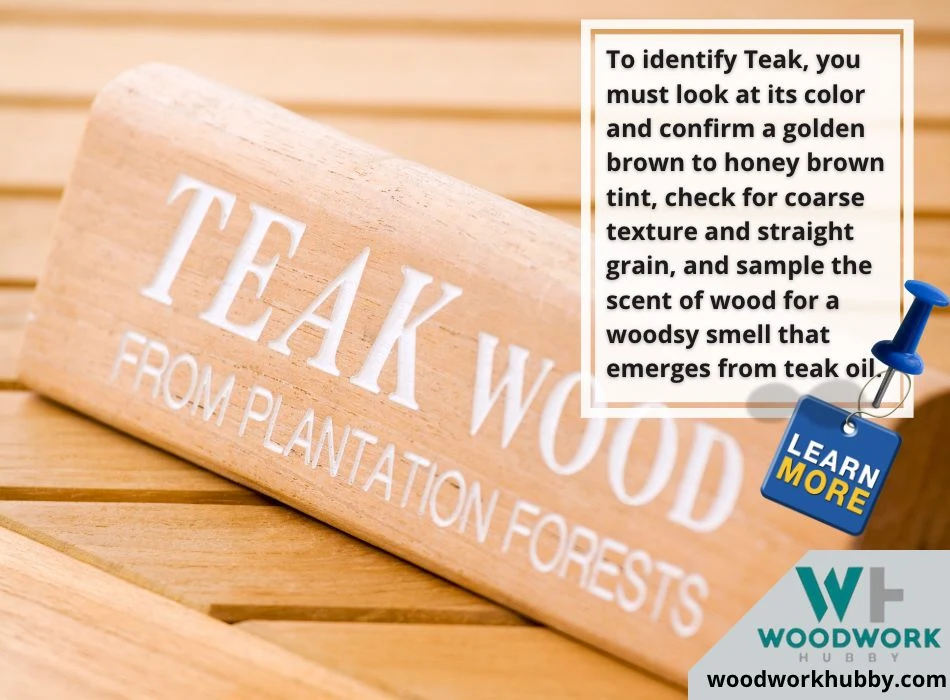
To tell natural Teak by just looking at it can be difficult if you’ve not worked with it before. But when Teak is sitting next to other types of wood, you can identify it by grain, color, and natural luster.
Among low-luster woods, natural Teak might be the only straight-grained and mildly warm-looking one. And among golden to honey brown woods, natural Teak is the only wood with a low natural luster.
Identification, fortunately, doesn’t depend on looks alone. Most often, you can just ask the staff at the lumber yard or the store. Sometimes the staff doesn’t know, or the salesperson cannot be trusted. That’s why it is beneficial to know how to identify natural Teak by not just its appearance but other properties as well.
How To Identify Real Teak Wood?
Aside from its warm tint and mostly straight grain, teak is also defined by its coarse and uneven structure. Looking for a combination of all the properties of real teak can help you identify real teak wood.
Video showing Teak in real life
To identify real teak wood, you should:
- Start by looking for straight grain – Some varieties of Teak have wavy patterns and even knots, but teakwood doesn’t have a radial pattern like oak. The straighter the grain, the better quality the Teak.
- Check for coarse texture – Coarse texture is a non-negotiable identifier of teakwood. Teak isn’t the only lumber that can have a coarse texture, but no type of Teak has a non-coarse texture unless sanded.
- Seek golden brown color – While teak colors can vary from species to species, golden brown color is evident in the highest quality teak.
- Sniff the teakwood – Finally, you can sniff for a woodsy scent, which is found only in teakwood. It is a result of the oils in teakwood and is one of the key identifiers that separate it from other types of wood.
Water Test The Wood
While the above 4-step process can help you spot teakwood at a store or a lumberyard, you might want to be truly sure that the wood you purchase is actually Teak before building a project with it.
If you’re unsure that a specific sheet or panel is Teak, you can soak it in water. Teak naturally resists water and breathes without warping. If the wood begins to rot or warp, it is not Teak. Is Teak waterproof? Find out here.
An easy way to spot Teak is to soak it with water. Teak naturally repels water!
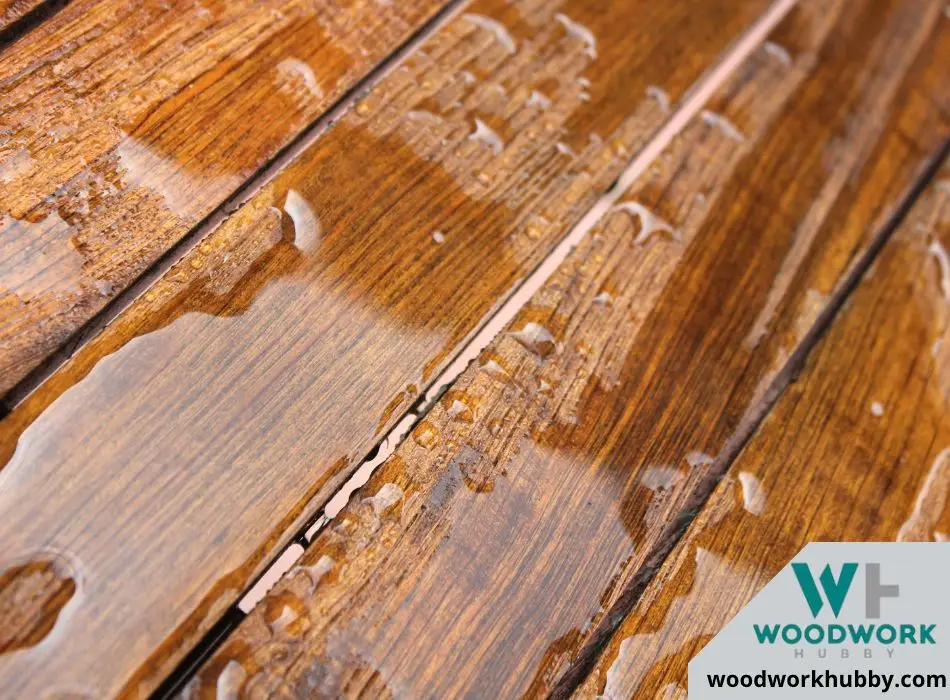
At this point, you might be wondering how relevant all of the steps covered above are. Most woodworkers don’t stand and sniff planks before picking what they need. Even I don’t go through all these steps.
But I have been woodworking for over 20 years and can now spot Teak easily. I would not recommend a novice to start spotting Teak based on appearance alone since Teak can vary in color.
Teak repels water but can Teak be left outside in winter? I found out some interesting things when I wrote this.
What Color Is Teak Wood?
Teak can range in color from warm light brown to a golden brown color. Some teak might even be considered dark brown. Alongside this color, Teak can be spotted by its low-luster appearance and lack of sunlight reflection.
Here are the different colors of teak wood:
- Light brown – Most teak lumber starts off as light brown though the more expensive species have a rich golden tint from the get-go.
- Temperature brown – This is medium-quality Teak with an aesthetic-enough appearance. You can use it for Teak’s functional advantages, like water resistance. It is not ideal for decorative projects.
- Golden Honey – Golden Honey or golden brown represents peak beauty in teak lumber. It is often the most expensive teak lumber, provided that it is fault-free.
- Honey brown – This is often the appearance of golden brown Teak after it ages. The warmth of the wood becomes more evident with age.
Teak colors don’t morph uniformly. Sometimes dark patches emerge due to the environment of the wood, but they even out. So the different colors of Teak don’t correspond with age but the different varieties of the actual teak trees.
What Are The Different Varieties Of Teak?
Burmese Teak, Indonesian Teak, Indian Teak, Thai Teak, Brazilian Teak, African Plantation Teak, South American Plantation Teak, and Chinese Teak are the different varieties of Teak.
Out of these, Burmese Teak is considered “Genuine Teak” because all references to just Teak are to Burmese Teak specifically. When you talk about it, you don’t need to specifically mention Burmese Teak.
But whenever you refer to Chinese Teak or Thai Teak, you have to qualify the term with its origin.
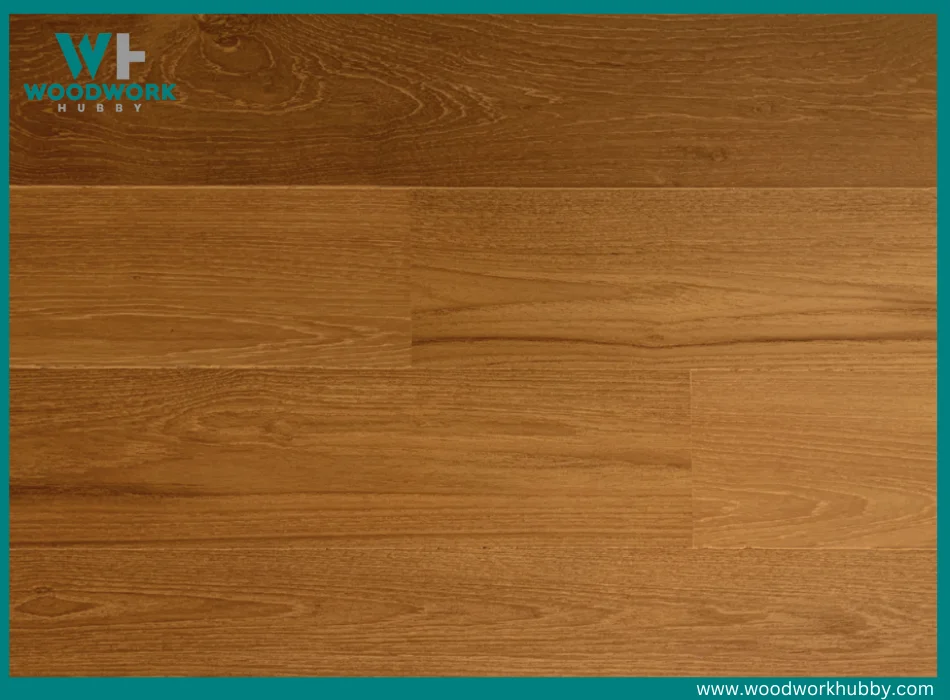
Burmese Teak
Burmese teak has for some time been the winner in its group. The tree develops over 50 years of age to deliver the best grade teak out of all species. It has a golden texture and grains that are evenly distributed. It has plenty of normal oils to further improve the material’s toughness.
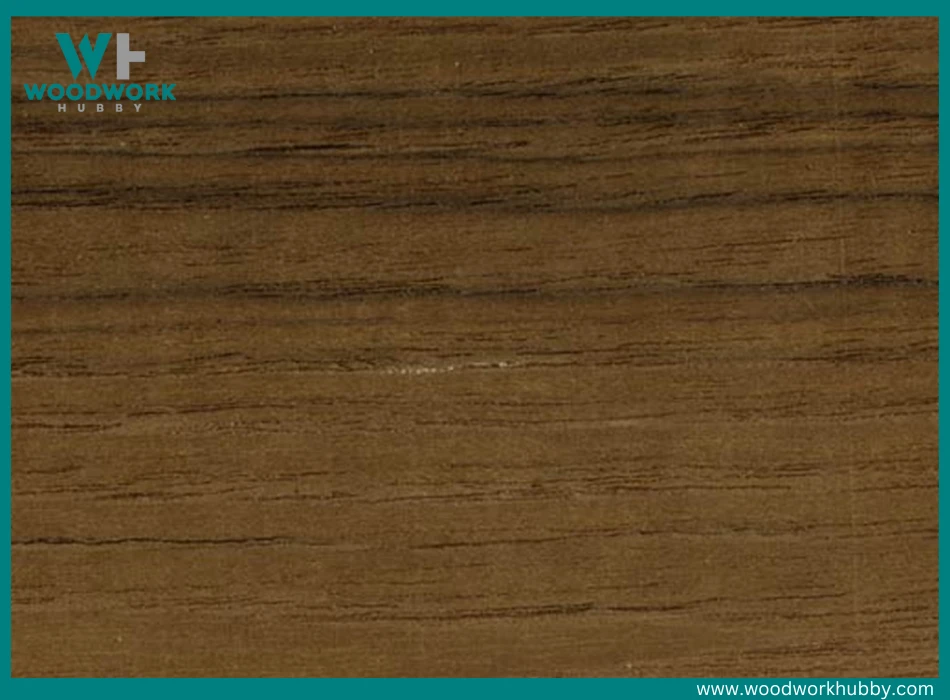
Indonesian Teak
Indonesian Teak, commonly referred to as Asian Teak Wood, has a 30-year lifespan. Its output is not as dense as Burma teak wood, but it still keeps the top rank for the best-farmed teak in the world. The primary color of this variety of teak is light brown, and the grains are wider and contain more protective oils.
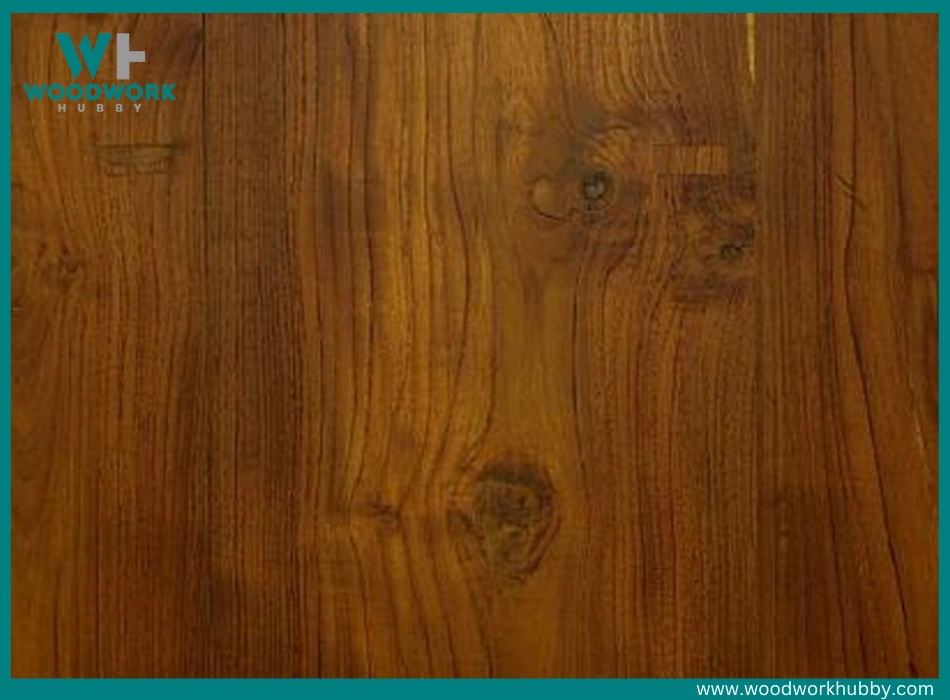
Indian Teak
Indian teak can compete with Burmese teak. The native Indian tree produces a similar product to Burma teak, but due to the enormous demand, the international market has almost exhausted its supplies of Indian teak wood.
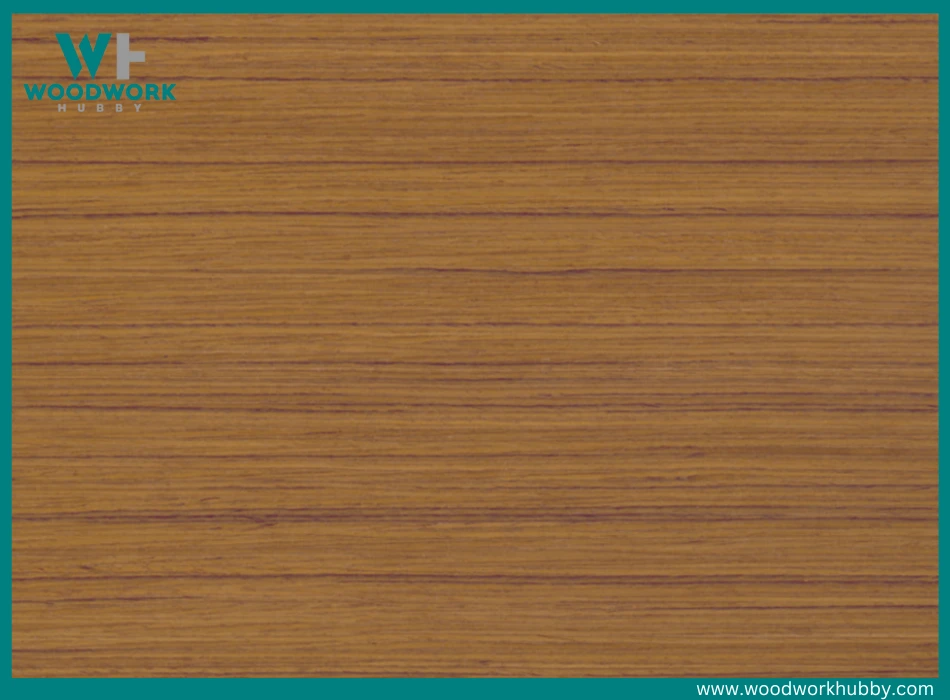
Thai Teak
Surprisingly, Thailand’s teak wood is a more desirable substitute for Burma teak. Due to the exceptional weather conditions in its native area, Thai teak possesses the best qualities of all species. Unfortunately, the Thai government forbade tree logging as an endangered species because of overexploitation. There is currently essentially no supply of this kind of wood available on the global market.
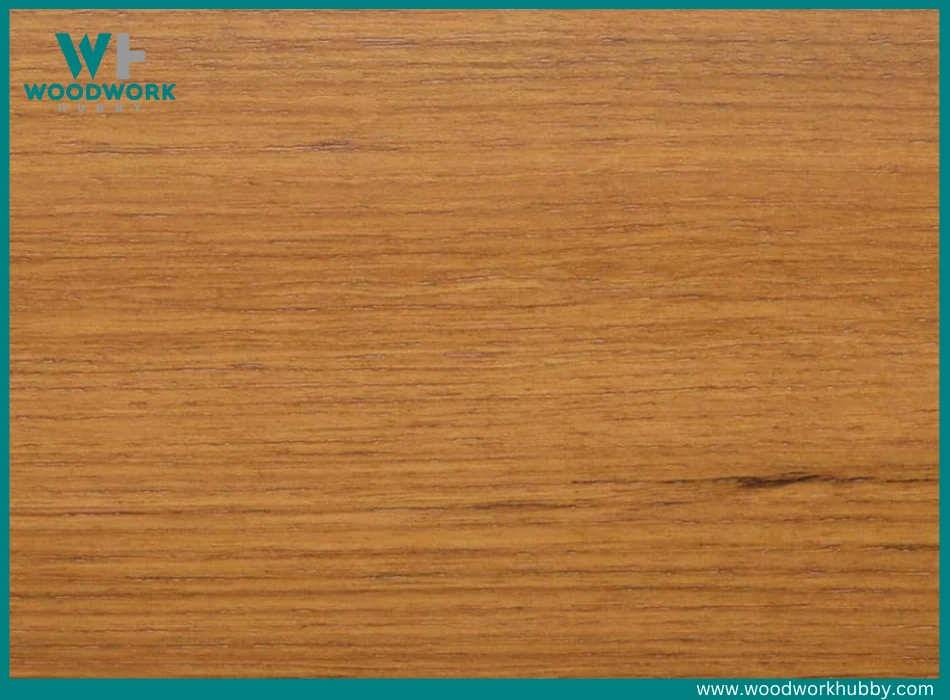
Brazilian Teak
In terms of grades, cumaru, another name for Brazilian teak, is pretty comparable to the original teak. Brazilian teak, though reddish-brown in color and slightly different in texture from the original, has a different grain pattern. Brazilian teak is particularly concentrated because of the abundance of natural liquids. They promise superior defense against inclement weather and pests.
Two types of Teak that are also often confused are the African Teak and African plantation teak. Plantation teak is actual Teak that is planted in Africa or South America. There are also teak alternatives on both these continents.
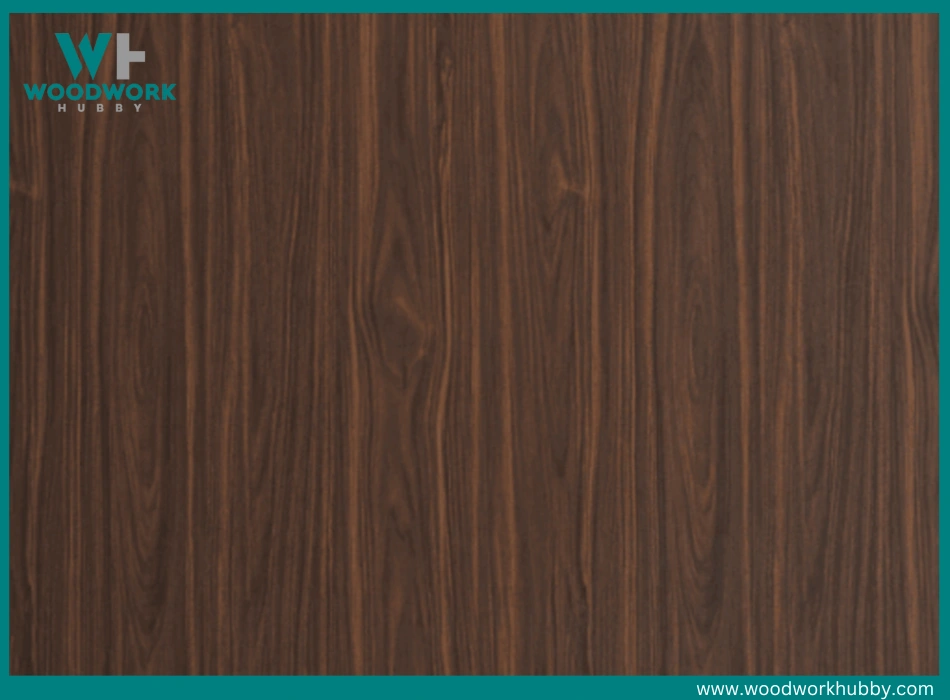
African Plantation Teak
African plantation teak will save a significant amount of money upfront with minimal expectations for homeowners searching for a less expensive alternative to Indonesian and Burmese teak. 15 to 25 years is a little less time than average for this sort of timber to grow. As a result, there is less oil present, which reduces the material’s durability. The light brown teak features several sound knots and evenly spaced grains.
African Teak and South American Teak are not real teak types, but close alternatives. African plantation teak and south American plantation teak are actual teak types that have been planted on these continents respectively.
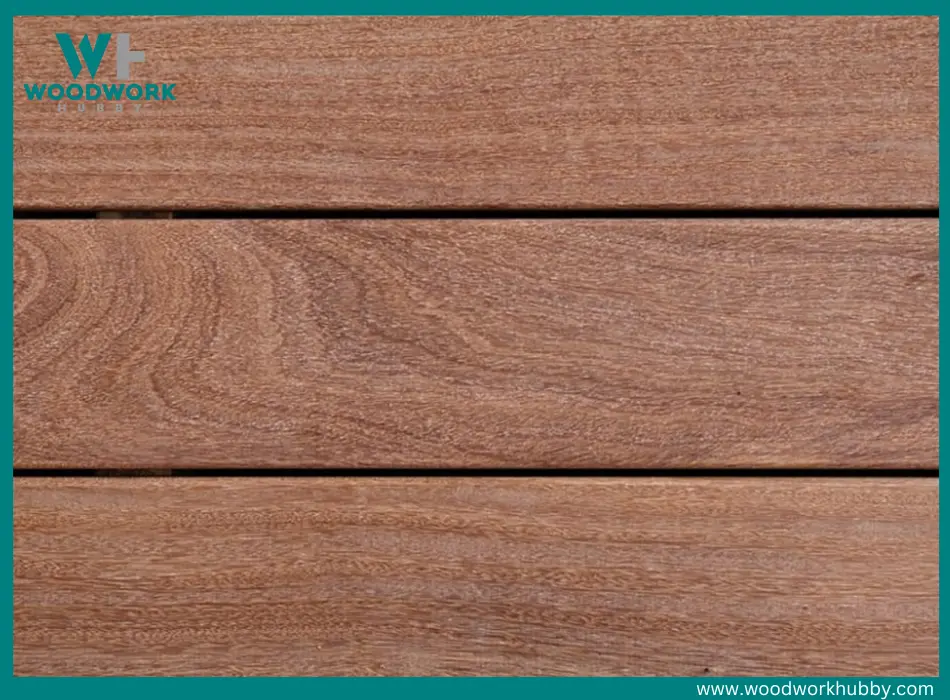
South American Plantation Teak
South American plantation teak trees feed low-quality timber and have unfavorable aesthetic effects, much like African teak. Since the two varieties are so similar, they are frequently confused by people.
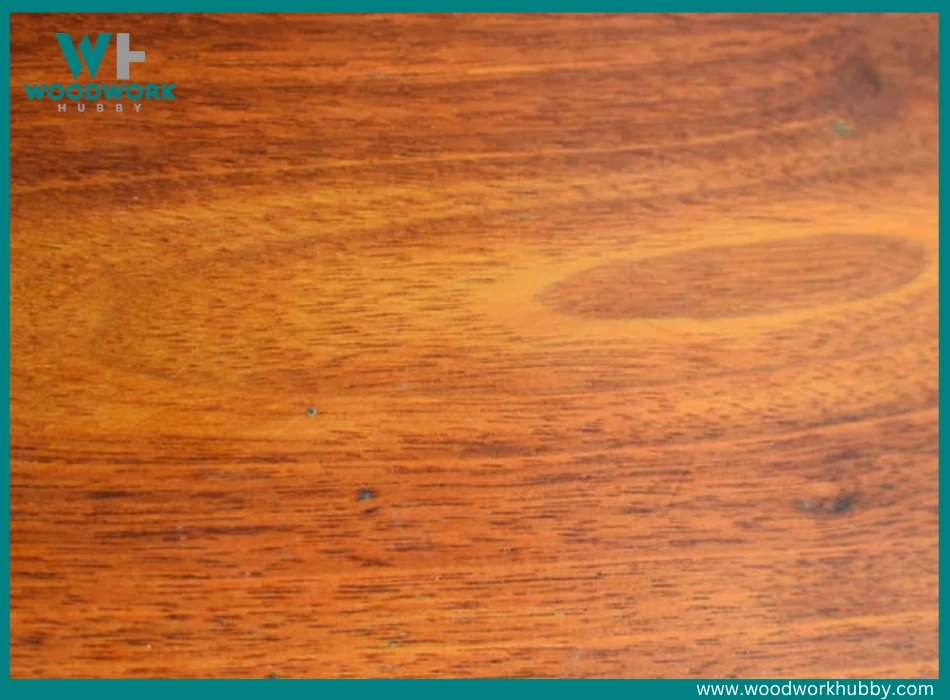
Chinese Teak
This Chinese wood, which is more well-known as golden teak wood, does not originate from a teak tree. Because of its resemblance to teak wood in appearance, the species is known as black locust wood. The difference between natural teak and Chinese wood is essentially difficult to tell. Additionally, it costs almost half as much as its prototype.
Since Burmese Teak I considered the best teak species, you might erroneously assume that all Burmese Teak is A-grade Teak. Similarly, you might think that other teak species cannot produce A-grade teak.
The grade of Teak depends on its functional durability and often has a causal relation with the part of the log it is harvested from. While exceptions exist, the closer the wood is to the center of the log, the higher its grade. The best way to buy teakwood is to get species-specific and grade-specific.
Don’t look for just Burmese teakwood or A-grade teakwood. Look for Burmese A-grade teakwood. Don’t look for Indian teakwood or B-grade teakwood. Buy Indian B-grade teakwood. Each species of Teak has different grades.
How Can You Tell What Grade My Teak Is?
You can tell the grade of your Teak by observing its color, grain pattern tightness, and natural glossiness. Higher-grade teak is oilier, has even color, and has a golden hue. The warmer the ting of the Teak, the better its grade.
- A-Grade Teak – The most expensive type of Teak harvested from the dead center of the log. 1/4th to 1/5th of the log consists of A-grade teak. It has very tightly-packed grain, with even color. The oiliness of the heartwood can be felt by touching it. It also creates a slightly glossy appearance. The A-grade teak is extremely durable and has the most vibrant golden brown color. This wood is used for heavy load-bearing projects and exterior applications.
- B-Grade Teak – This is the most common Teak as it is cheaper and still retains some of the protective qualities of teakwood. It can resist water and avoid warping. You can spot it from the relatively lighter color and some degree of looseness in grain-packing. It is sandwiched between sapwood and heartwood. You can spot it from the unevenness of its grain. This wood is used for indoor furniture and often requires sealing/finishing for longevity.
- C-grade Teak – This is the lowest quality teakwood which can be spotted from its softness. You’ll be able to scratch it with a coin or a key. This teakwood is used for short-life projects like folding chairs that are meant to be used occasionally.
If A-grade teak is within your budget, don’t settle for any grade beneath it. But be cautious of unreliable retailers. They might try to sell you chemically treated B-grade teakwood as A-grade wood. It is easy to finish B-grade teak to look richer.
The best way to avoid low-quality Teak is to buy from a store you can trust. Understanding the characteristic of high-quality teak wood is crucial to having Teak that lasts.
A video showing how to restore teak furniture.
Characteristics Of Teak Wood.
The table below shows the different characteristics of teakwood, alongside the specifics in some feature sets:
| Teakwood Characteristic | Feature | Specific Value |
|---|---|---|
| Color | Golden brown to light brown. | Sapwood – Slightly yellow Heartwood – Honey brown to Golden |
| Grain | Coarse | It can be felt by hand |
| Fiber | Straight to slightly wavy | Generally straight Slightly wavy in faulty wood |
| Hardness | Semi Hardwood | 4.2 on the Monnin Test |
| Density | Semi-Heavy | 1521 lbs / m3 |
| Durability | A lifespan of up to 75 years | Resists water damage Resists rot Resists Fungi attacks Doesn’t get insect infestation Can be left untreated if A-grade |
| Dimensional Stability | Dimensionally Stable | 0.34% stability coefficient |
| Mechanical Properties | Decent Compressive strength, Static bending strength, and Modulus of elasticity. | Compressive strength: 1,257 lbs/cm 2 Static bending strength: 2,204 lbs/cm 2 Modulus of elasticity: 30,8647 lbs/cm 2 |
| Impregnation | It can range from impregnable to non-impregnable depending on the part of the wood. | Heartwood – Non-Impregnable Sapwood – Impregnable |
| Workability | It can be sawed, drilled, brushed, and finished with relative ease. Drying and gluing are slightly more complicated. | Sawing – Is doable. It might wear out the blade Drying – Takes time but has no warping risk Brushing – No issues. Gluing – Oils on the surface can complicate it Nailing and screwing – Not a problem Finish – Difficult because of oil content that repels finishes that don’t assimilate |
Can You Tell Teak From Mahogany?
You can tell Teak from Mahogany, even though both are mostly straight-grained woods. The difference is in the depth and redness of their colors. Teak has a golden and honey-tinted appearance, while mahogany has a deep red-brown appearance.
Teak and mahogany are different enough to the point that even a novice can tell them apart. In any comparison, mahogany will be the redder wood.
Not all mahogany looks as red as the finished mahogany tables you may see in a high-end catalog, but even lighter mahogany wood has a deeper red tint than Teak.
Does Teak Wood Have Knots?
Teak can have knots though A-grade teak is usually knot-free. To avoid knots, make sure you check individual planks, boards, and panels before making your purchase.
Is Teak Wood Heavy Or Light?
Teak is considered a semi-heavy wood. It is heavy enough to make durable outdoor furniture as well as to support exterior construction, a task that light wood cannot do.
Is Teak Wood Good For Outdoor Furniture?
A-Grade teak and some B-grade teak can be good for outdoor furniture. Teak’s natural oils make it water-resistant and weather-proof to an extent. C-grade Teak isn’t ideal for outdoor furniture or any exterior use.
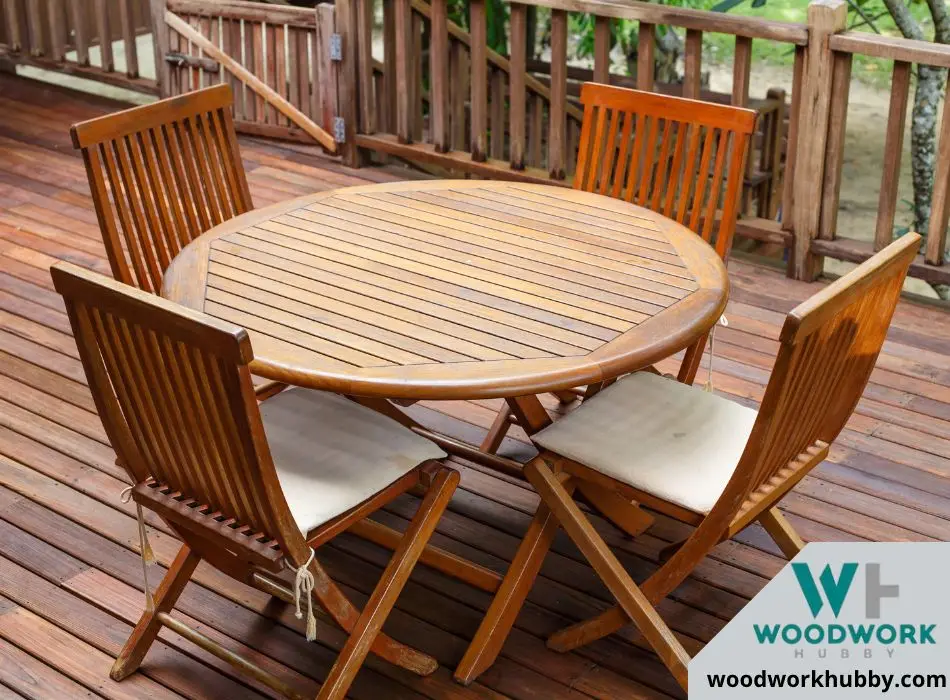
Meanwhile if you want to know How Long Does Wood Last, you may want to click on the link to learn more.
| My Recommended Products | Where To Buy? |
|---|---|
| YUNIFF Wooden Plates, Teak Wood Dinner Plates | AMAZON |
| Bare Decor Giza Shower, Spa, Door Mat in Solid Teak Wood, 36″ x 20″ | AMAZON |
| Yes4All Teak Wood Cutting Board, [17”L x 13”W x 1.5”T] Edge Grain Cutting Board with Deep Juice Groove | AMAZON |
Final Thoughts – How To Identify Teak
The teak is straight-grained and dense with a coarse texture and golden brown color. You can find lighter-looking teak wood as well as Teak with wavy grain. But as long as the wood is natural Teak, you’ll be able to smell the woodsy notes that give away the pressure of oil in it. The better the teak grade, the more oil it has and the denser it is.

